At the heart of the Oceanário lies a massive 5-million-liter tank where sharks, rays, and barracudas glide through crystal-clear waters. Its 360° design gives you the feeling of standing inside the ocean itself.
Enjoy the Ocean Sunfish at Oceanarium Lisboa—it's the world's largest bony fish, resembling a child's drawing as it rests on the water's surface. This rare sight is a unique feature of the aquarium, given the challenges in caring for these giant sunbathing rocks.
Keep an eye out for the aquarium's two massive spider crabs, affectionately nicknamed "King" and "Queen." These impressive creatures, with leg spans exceeding 3 meters, are the largest of their kind on display in Europe.
The central tank is larger than four Olympic-sized pools and is home to one hundred kinds of fish and other marine life. Being on two levels allows you to see it from various angles, allowing you to spot fish that might otherwise be difficult to notice.
Oceanário de Lisboa Tickets
Combo: Lisbon Hop-on Hop-off Bus Tour + Oceanário de Lisboa Skip-the-Line Tickets
Combo (Save 12%): Lisbon Card + Oceanário de Lisboa Tickets
Combo (Save 14%): Lisbon Zoo + Oceanário de Lisboa
Combo (Save 15%): Oceanário de Lisboa + Telecabine Cable Car Tickets
The Oceanário de Lisboa is Portugal’s largest indoor aquarium and among Europe’s finest. Housing over 15,000 marine creatures across 500+ species, it offers a sweeping view of global ocean life. A central tank and four themed ecosystems create a 360° underwater journey few aquariums can match.
The Oceanário isn’t just a visual spectacle; it’s an educational experience. Each exhibit highlights marine conservation issues like coral bleaching and ocean plastics. Interactive displays and kid-friendly explainers make learning engaging, perfect for families and eco-conscious travelers.
Designed by Peter Chermayeff, the building appears to float on the Tagus River, reflecting its oceanic theme. Inside, clever lighting, soundscapes, and walkways create a fully immersive feeling of being under the sea, enhancing every moment of your visit.
Rotating exhibitions, like Takashi Amano’s Forests Underwater, blend art, science, and philosophy. These ever-changing showcases ensure no two visits are the same, drawing both first-time visitors and locals back for new perspectives.
Beyond display, the Oceanário drives global conservation efforts, from funding endangered species research to rehabilitating marine life. Its strong scientific mission adds purpose to every visit, appealing to travelers who value sustainability and impact.
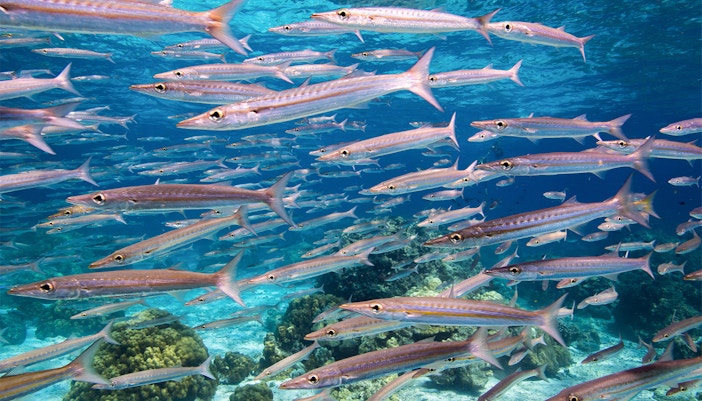
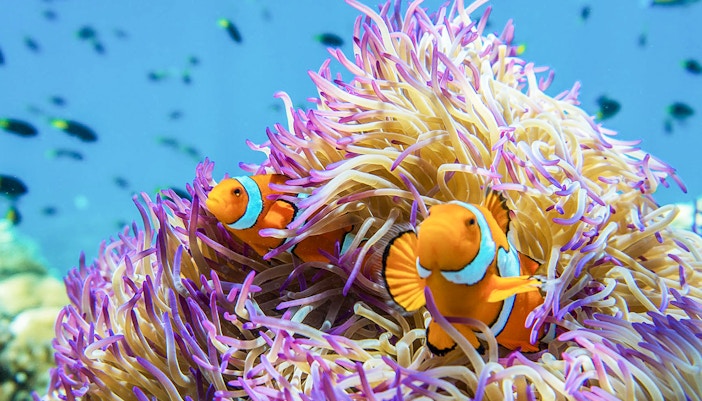
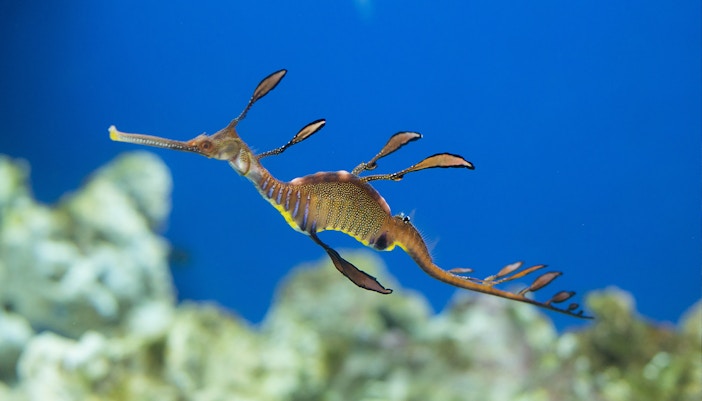
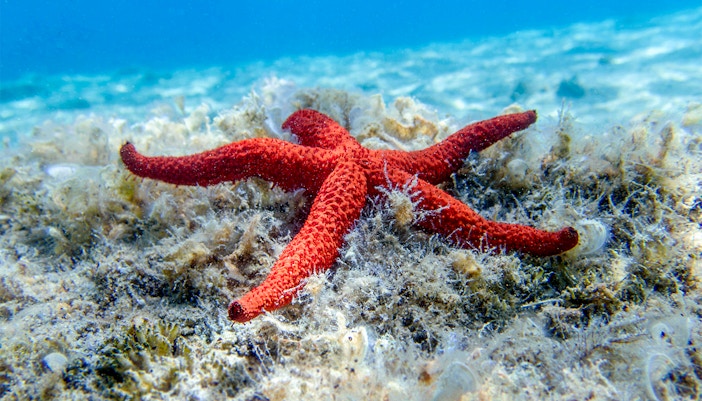

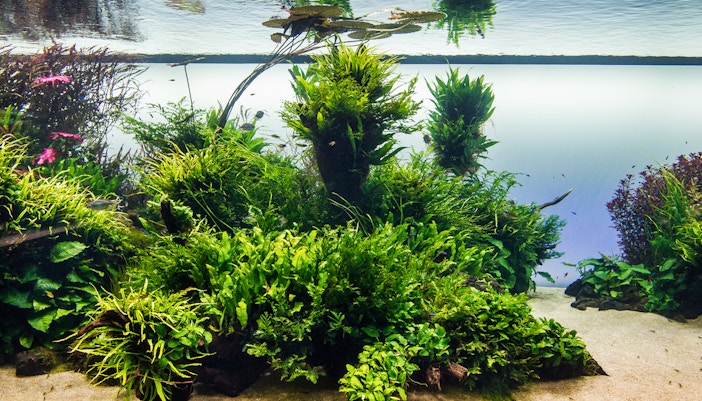
Built as a part of the Expo '98, a celebration of 500 years of Vasco da Gama's historic voyage to India, the Oceanário opened on 22 May 1998. It was designed by Peter Chermayeff and stands as a striking symbol of Portugal’s maritime heritage.
Construction began in 1995, combining bold architecture with a deep respect for the ocean. Today, it is Europe’s largest indoor aquarium, attracting millions of visitors every year.
Spanning over 8,000 square meters, it features four unique marine habitats, from vibrant coral reefs to icy Antarctic coasts, and is home to over 15,000 marine animals across 500+ species.
History of the Oceanário de Lisboa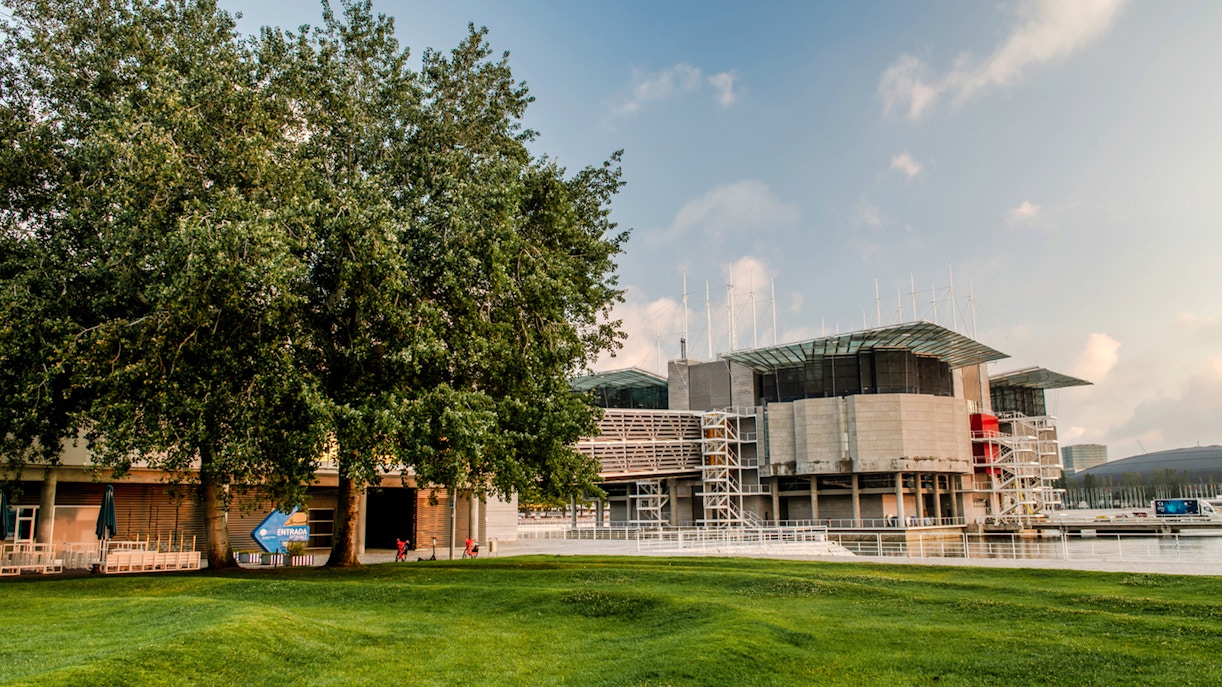
The Oceanário is located in Lisbon’s waterfront district, Parque das Nações. Its address is Esplanada Dom Carlos I s/nº, 1990-005 Lisboa, Portugal | Find on Google Maps.
The Oceanário was constructed in 1998 to celebrate 500 years of Vasco da Gama’s voyage to India. It opened to the public on 22 May 1998.
The Oceanário spans two floors, with the primary entrance on the upper level. The Central Ocean Tank is read across both floors, and as the name suggests, is in the structure’s center.
The Oceanário is home to four major oceanic zones, each with its own underwater ecosystem. These are the Antarctic Coastline, the North Atlantic Zone, the Temperate Pacific Ocean, and the Tropical Indian Ocean.
The Ocenaario is home to a whopping 15,000 oceanic creatures across 500+ species. Some of these include the rare sunfish, clownfish, shark, stingrays, and even the stunning King Penguins.
Yes, the Oceanário features ramps and elevators at all access points to ensure easy access across both levels. The restrooms are also adapted to cater to visitors with limited mobility.